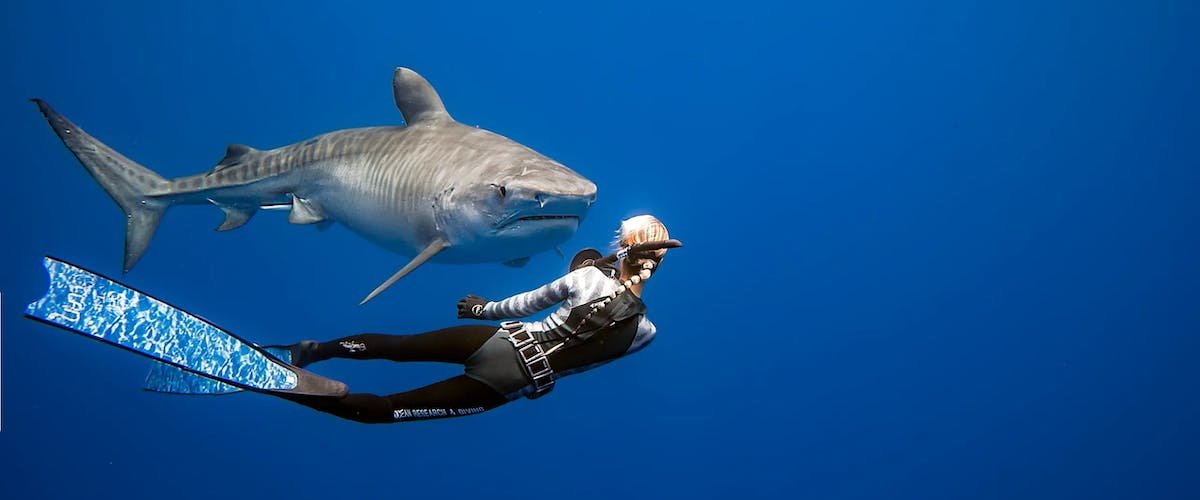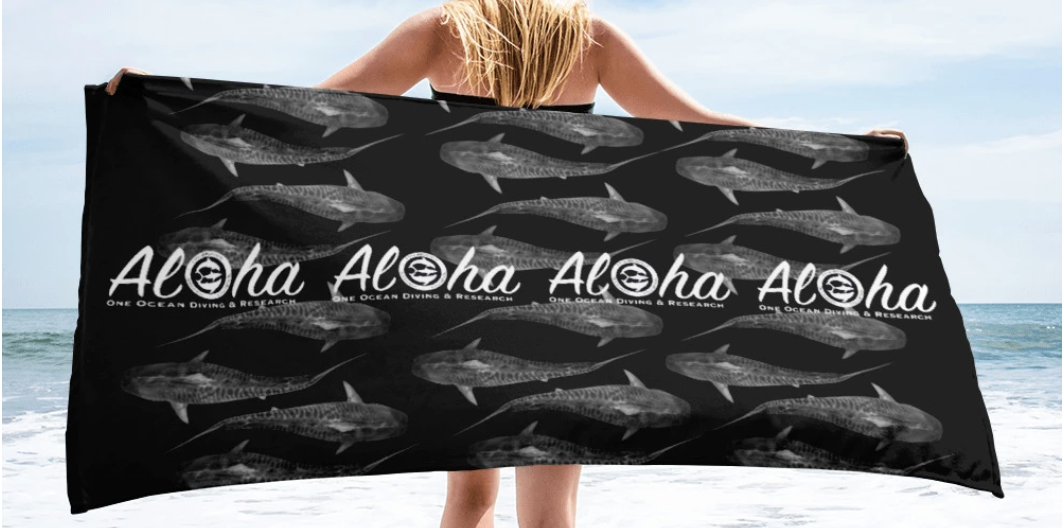Oahu, known for its stunning beaches, vibrant culture, and lush landscapes, has become a hotbed for adventure seekers looking to take their vacation to the next level. One adrenaline-pumping experience that has gained popularity in recent years is shark diving, and there's no better place to dive into this thrilling activity than with One Ocean Shark Diving in Oahu. In this ultimate guide, we'll explore everything you need to know to make the most of your shark diving adventure in Oahu.
Why Shark Diving?
Shark diving is not just an adventure; it's an encounter with one of the ocean's most magnificent creatures. Oahu's crystal-clear waters provide the perfect backdrop for a once-in-a-lifetime experience with sharks in their natural habitat. It's a chance to witness these majestic creatures up close, debunking myths and fostering a deeper understanding of their importance in marine ecosystems.
The One Ocean Difference:
Choosing the right shark diving operator is crucial for a safe and unforgettable experience. One Ocean Shark Diving stands out for its commitment to environmental conservation and education. Their team of experienced guides ensures a safe and informative adventure, placing emphasis on responsible tourism and minimal impact on the marine environment.
What to Bring
Pack essentials like swimwear, a towel, sunscreen, and a waterproof camera to capture those incredible moments. One Ocean Shark Diving provides all necessary diving equipment.
The Dive Experience:
Once you're geared up and ready, it's time to descend into the underwater realm and come face-to-face with sharks. The dive locations around Oahu offer diverse marine life, creating an immersive experience for divers. From Galapagos sharks to sandbar sharks, each encounter is unique, providing a thrilling adventure for all participants.
Environmental Conservation:
One Ocean Shark Diving is not just about providing a thrilling experience; it's also about raising awareness and contributing to shark conservation. The guides share insights into the importance of these creatures in maintaining a healthy marine ecosystem, dispelling common misconceptions and inspiring a sense of responsibility towards marine conservation.
Post-Dive Reflection:
After resurfacing, take a moment to reflect on the incredible experience. One Ocean Shark Diving encourages participants to share their newfound knowledge and passion for shark conservation, fostering a community of informed ocean enthusiasts.
Conclusion:
Shark diving in Oahu with One Ocean Shark Diving is more than just an adventure; it's a transformative experience that connects you with the ocean's apex predators. Embrace the thrill, gain insights into marine conservation, and leave with memories that will last a lifetime. Are you ready to dive into the depths and encounter sharks in their natural habitat? One Ocean Shark Diving awaits, promising an adventure of a lifetime in the waters of Oahu.






